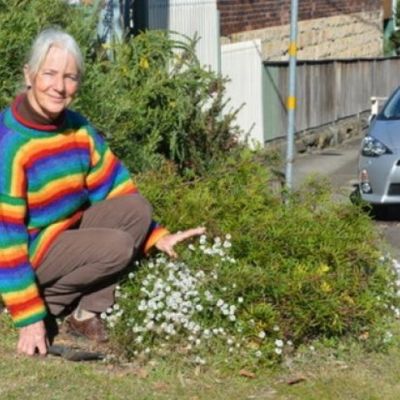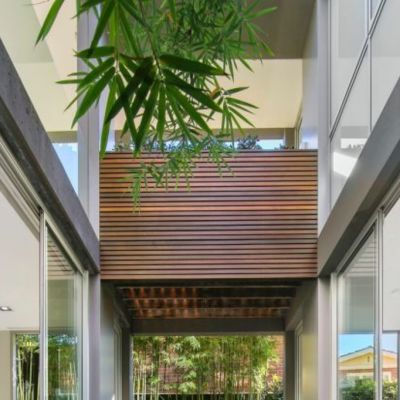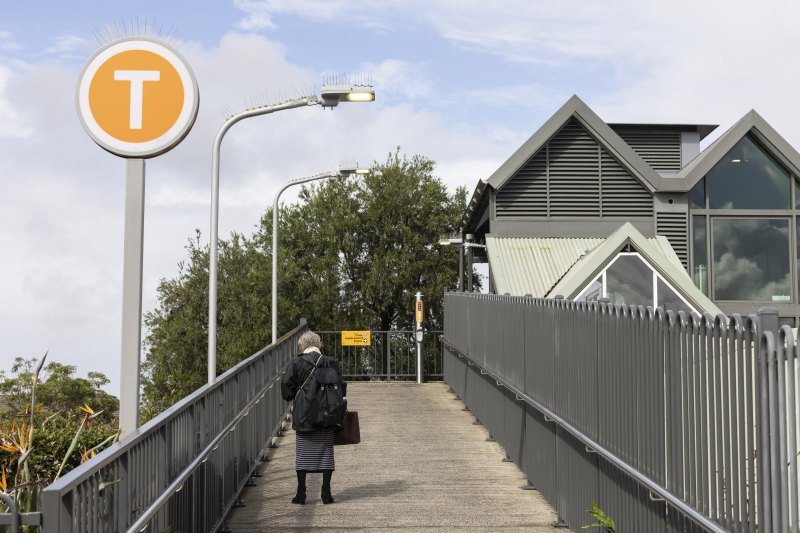Like a verge: The streets getting greener
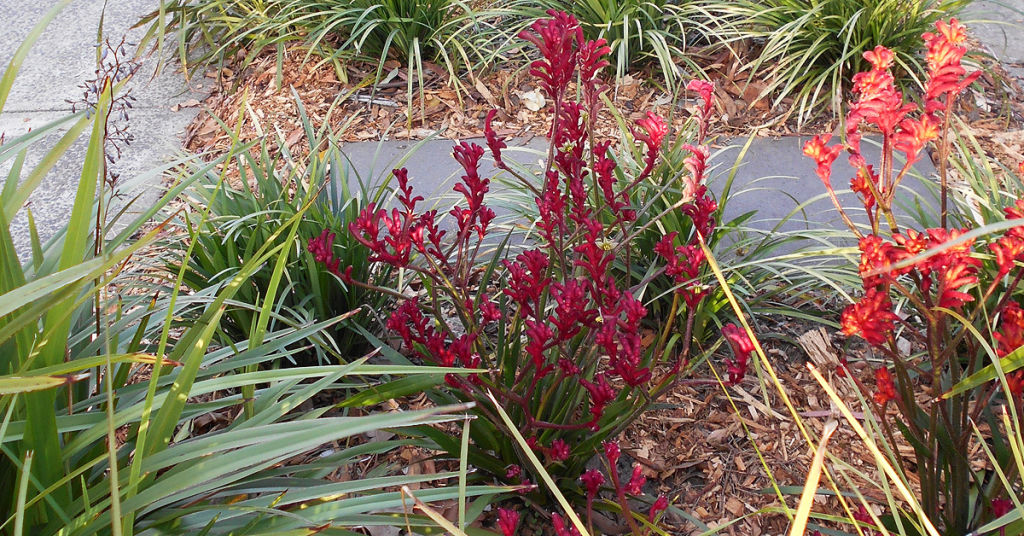
Want to grow a garden but don’t have anywhere to put one?
Intrepid urban green-thumbs are increasingly getting involved in the verge gardening movement – setting up small garden beds on nature strips to help provide a habitat for native animals, more green cover and even grow food.
And aside from the environmental benefits, there are also the social rewards, as neighbours and passers-by strike up conversations about what is being planted.
In the Moreland council area in Melbourne’s north, Serena Everill grows veggies in wicking beds on the nature strip, and forges local relationships.
She has been verge gardening for at least 10 years, and knows many other keen growers through the Moreland Food Gardens Network.
“It just seemed obvious really – it was available space,” she said of setting up a garden in the streetscape. “I’ve always been a food gardener, and I kind of wanted to make it obvious that you could do it on the nature strip.
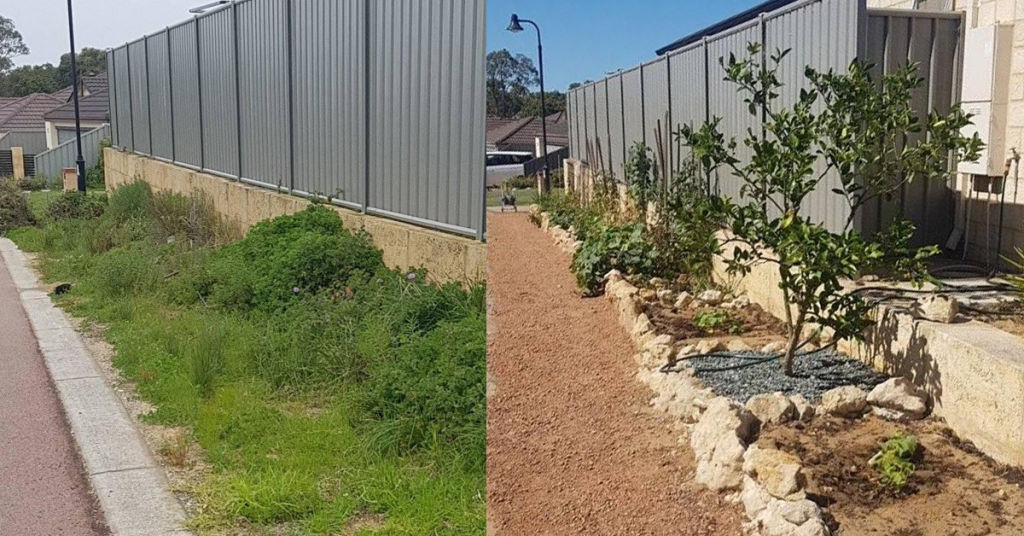
“I’ve got tomatoes, basil, leeks – the silverbeet is looking a bit sad,” she added.
The neighbourhood response was something that also struck Mary Balch, who is rebuilding her native nature strip garden in Sydney’s inner west after a major renovation brought workmen trampling through it.
“The constant flow of positive comments from passers-by is wonderful,” she said. “I love seeing families with their young ones stopping and looking at the plants.”
Involved in verge gardening since 2015, she took time off work to create a garden through the council.
The Inner West council has a Sustainable Streets Program available for residents in the former Marrickville council area.
With a dedicated sustainable streets officer and council help with removing grass and preparing soil available, residents are encouraged to care for their nature strips.
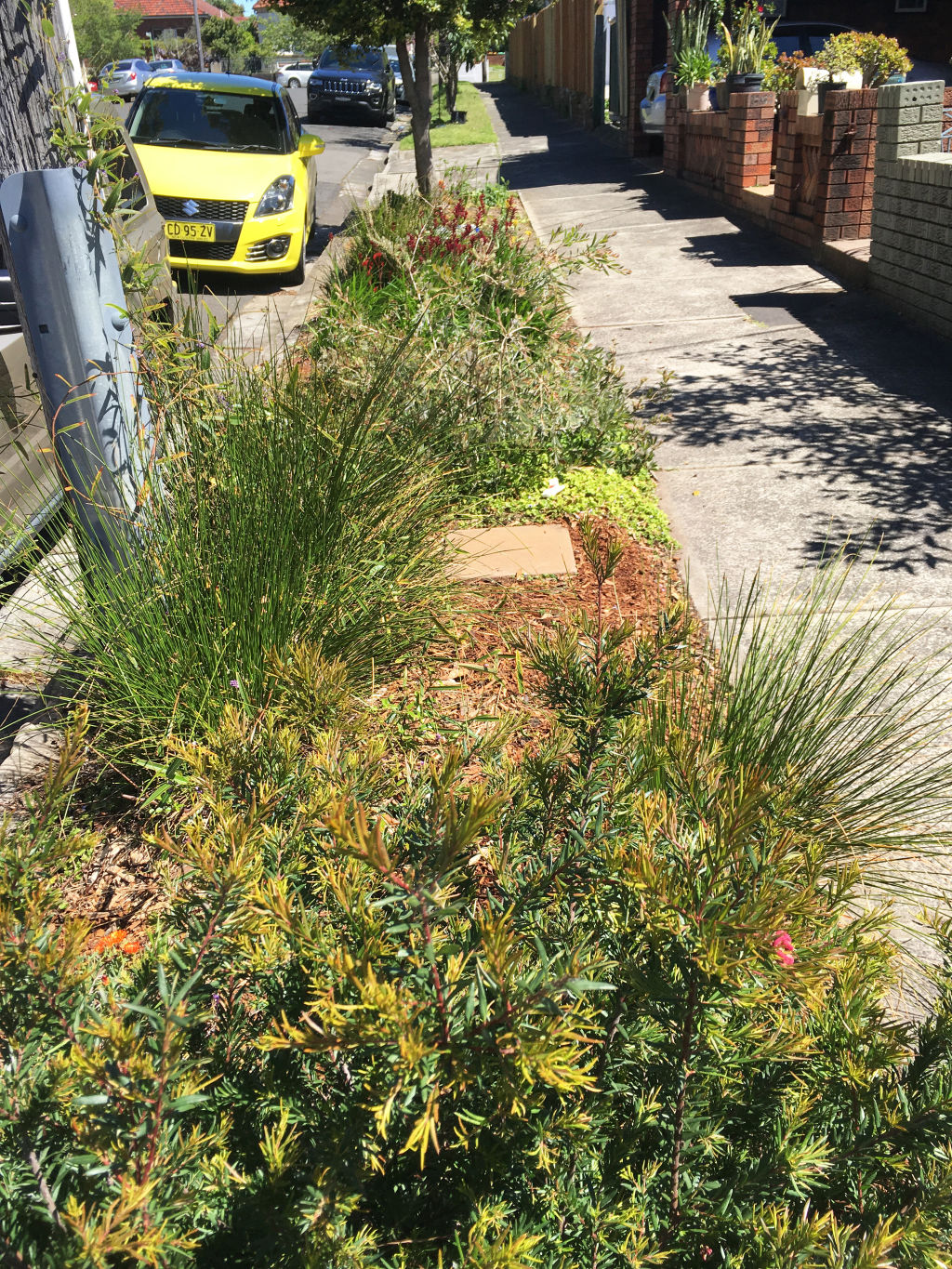
“Turning our grass verges into vegetables and filling them with floral decoration is good for public amenity,” Mayor Darcy Byrne said. “It reduces street temperatures, increases property values and improves lifestyle.”
He said while there needed to be a system in place to protect residents and preserve accessibility, the goal was to make the process more straightforward with less red tape, adding that there was a proposal to extend the program across the municipality.
“I really think the heat reduction effect is an important part of it,” he added. “Anywhere we can replace concrete with vegetation can have a positive effect.”
Rules do vary between councils, with some prohibiting food production, or requiring gardeners to apply for a permit – and restrictions can be enforced.
In 2017, in Buderim on the Sunshine Coast, locals were shocked to discover their local council had removed and mulched 18 fruit trees planted in an urban fruit street precinct because of a lack of permits and public liability insurance issues.
And in Wembley in Perth, a couple had their garden dug up by the council twice due to neighbours’ complaints.
But with community consultation and involvement, verge gardening policies could change. WA-based Lea Hopper hopes the Cockburn Council’s verge improvement discussion, hosted by Gardening Australia‘s Josh Byrne, may lead to less restrictive guidelines around the activity and more gardens springing up.
Her verge garden is set up to help provide food for the endangered Carnaby cockatoo.
“[I’m] consciously choosing what I’m planting to increase the habitat,” Ms Hopper said. “That’s one of the biggest things – the remnant bushland is just deteriorating at such a rapid rate.”
Ms Hopper has also been part of the community consultation for verge gardens in Fremantle, and Fremantle Council has introduced a program to help residents prepare their nature strips for planting.
“You can actually apply for help from them. They’ll come and dig up the grass, they’ve subsided plants – you’ve just got to register them” Ms Hopper said.
Natalie Ong has planted natives that flower all year around outside her home. Her local council, Victoria Park, has a $500 rebate available for the new landscaping of residential verges using water-wise practices.
“The whole point is to increase the urban tree canopy,” she said, adding it had been pleasing to see the growth in interest, particularly in young people, in gardening.
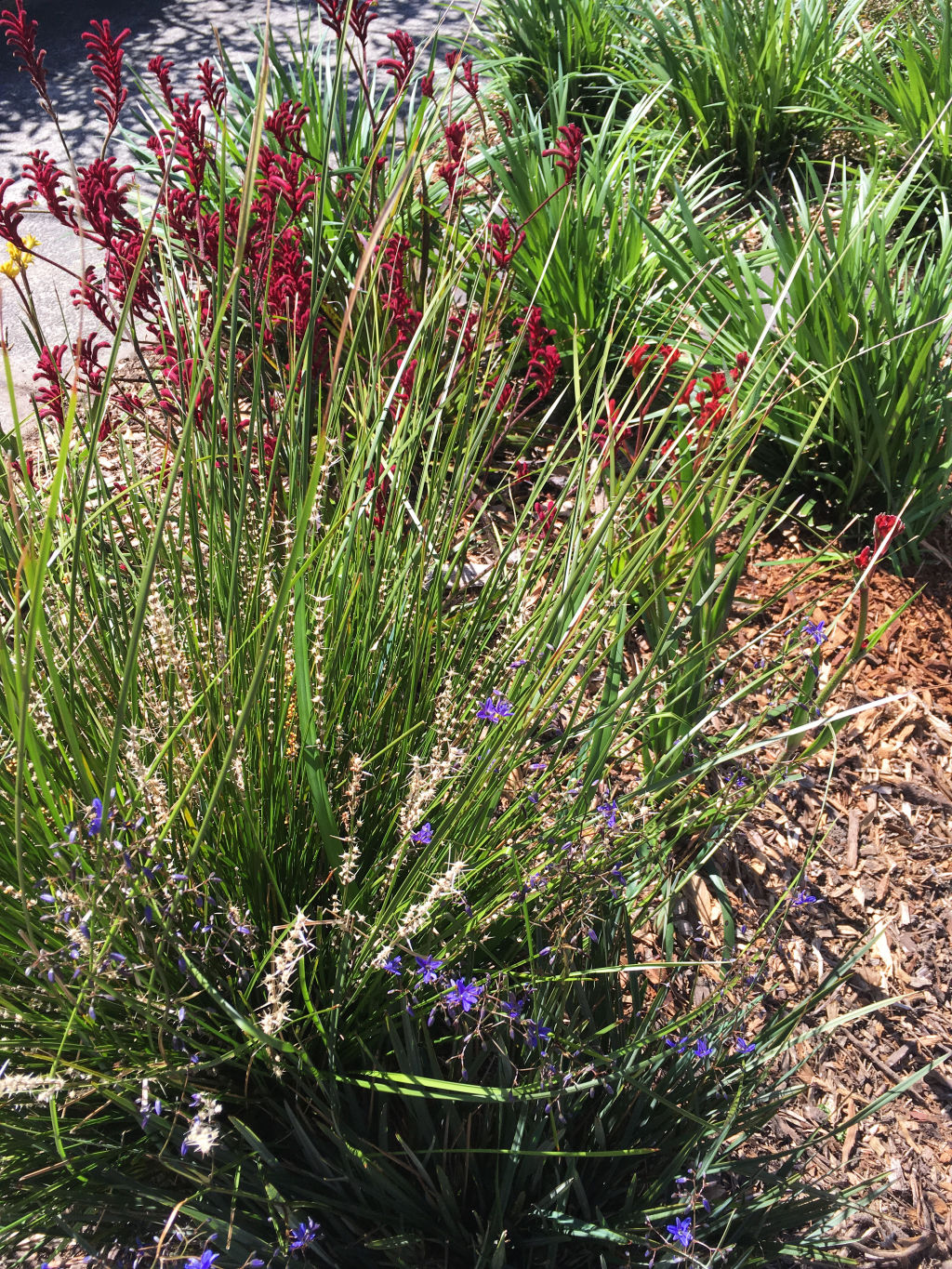
Former senior national parks and wildlife ranger Bob Crombie has been involved in what he describes as “Bewildering” since 1975.
For those keen to create their own kerbside garden, he has the following advice:
- Look at the site first, and “dial before you dig”.
- Think about driver and pedestrian sightlines, trip hazards, keeping footpaths clear from overhanging foliage, and whether or not people parking next to the kerb would be able to get in and our of their car safely.
- Inform your local council of your plans, and find out what their requirements are.
- Talk to your neighbours about your idea.
- Contact local community garden organisations for advice about what to plant.
- Make sure the garden is maintained properly, and find someone to look after it if you’re going away on holidays.
- Before investing in expensive plants, take into account that light-fingered passers-by may dig them up and steal them, and there’s little recourse available to frustrated gardeners.
We recommend
We thought you might like
States
Capital Cities
Capital Cities - Rentals
Popular Areas
Allhomes
More
